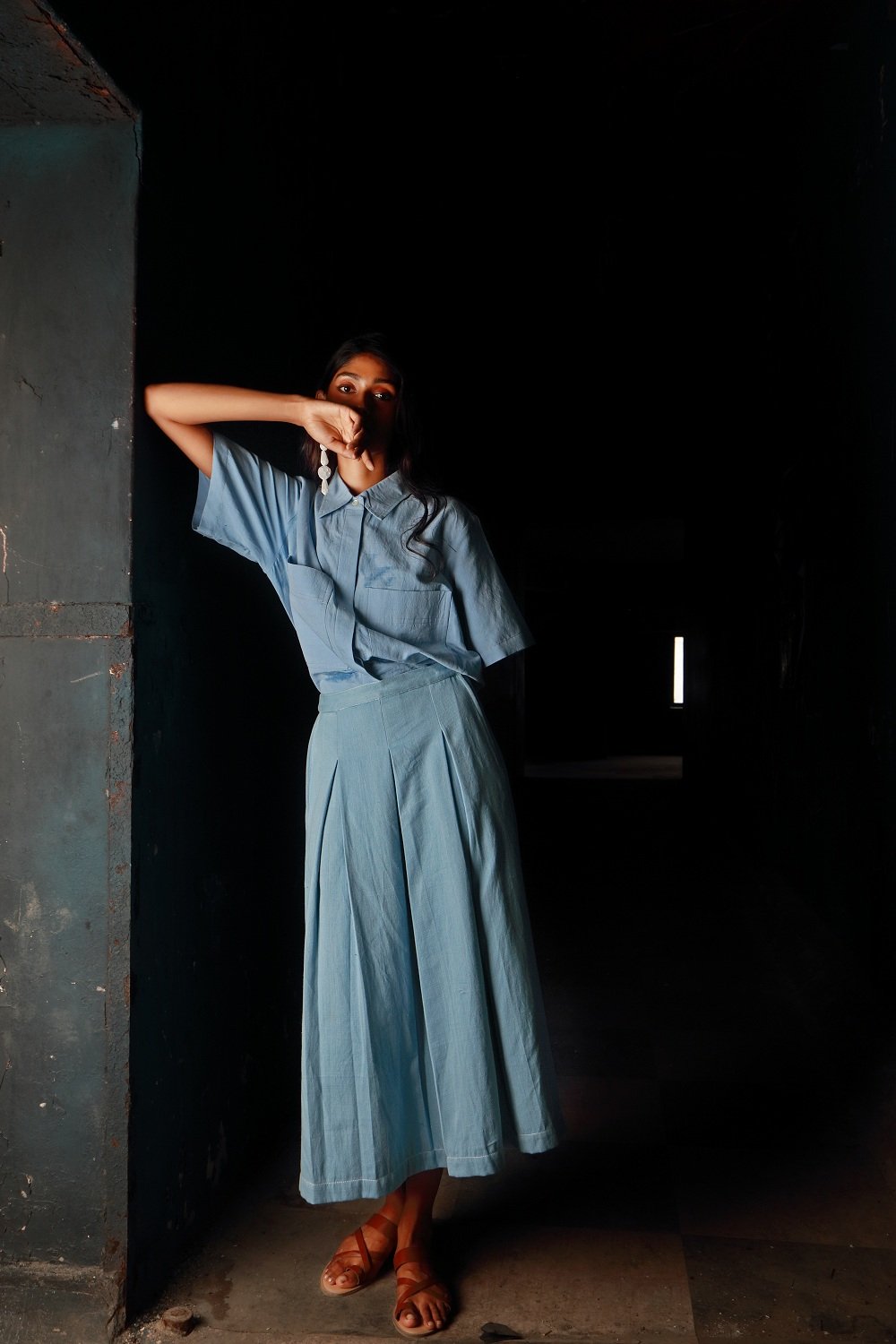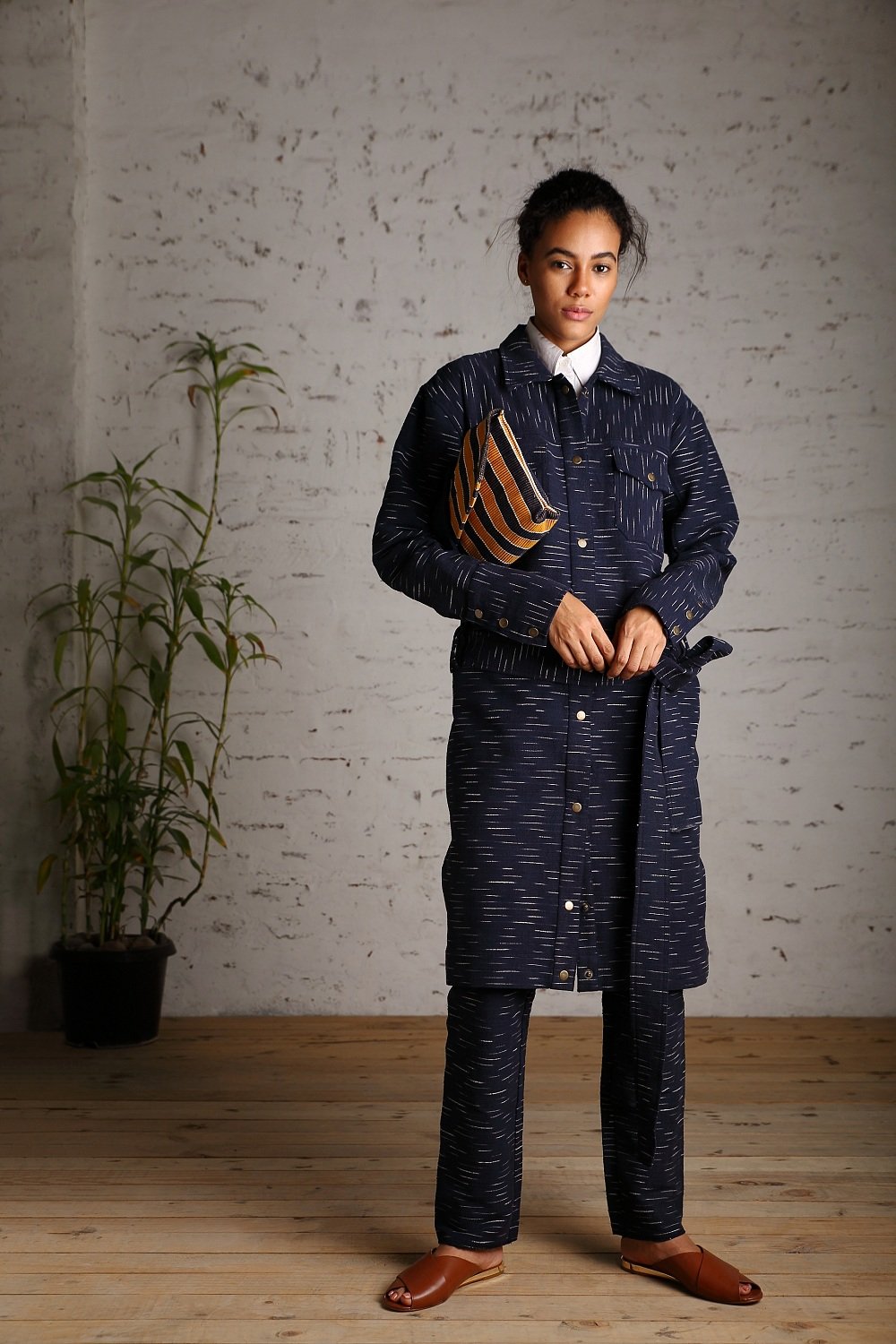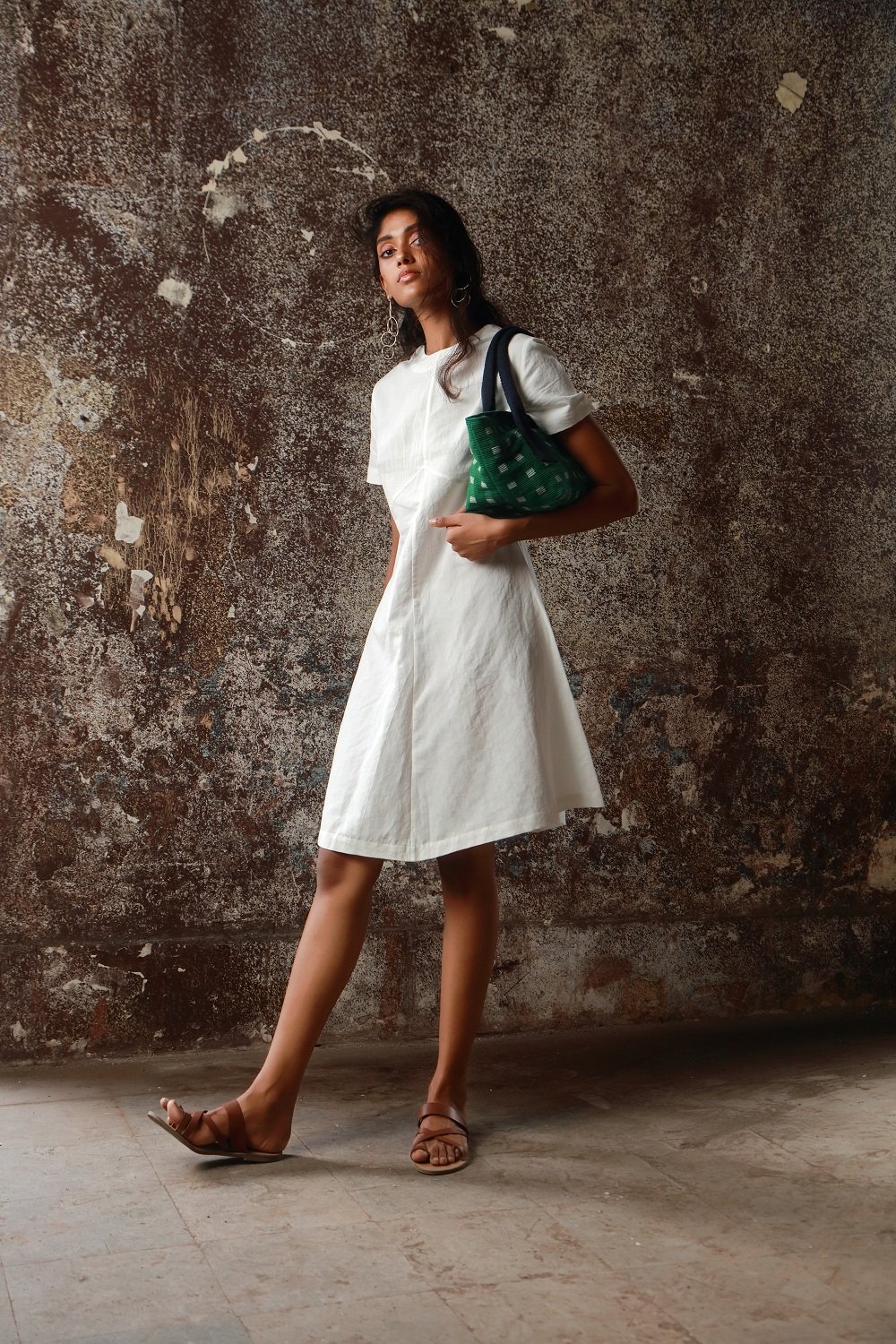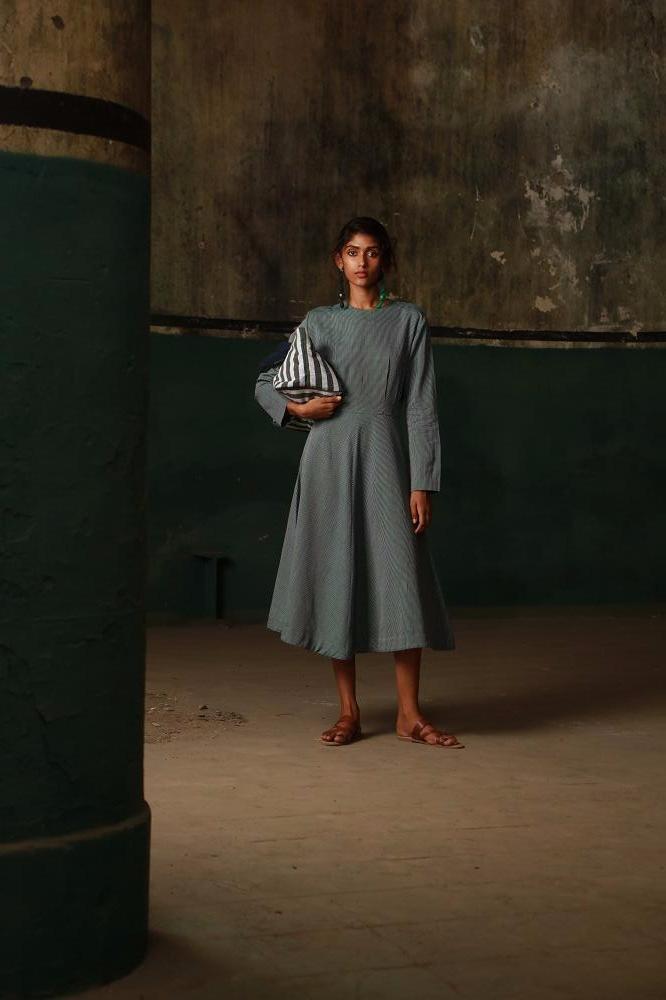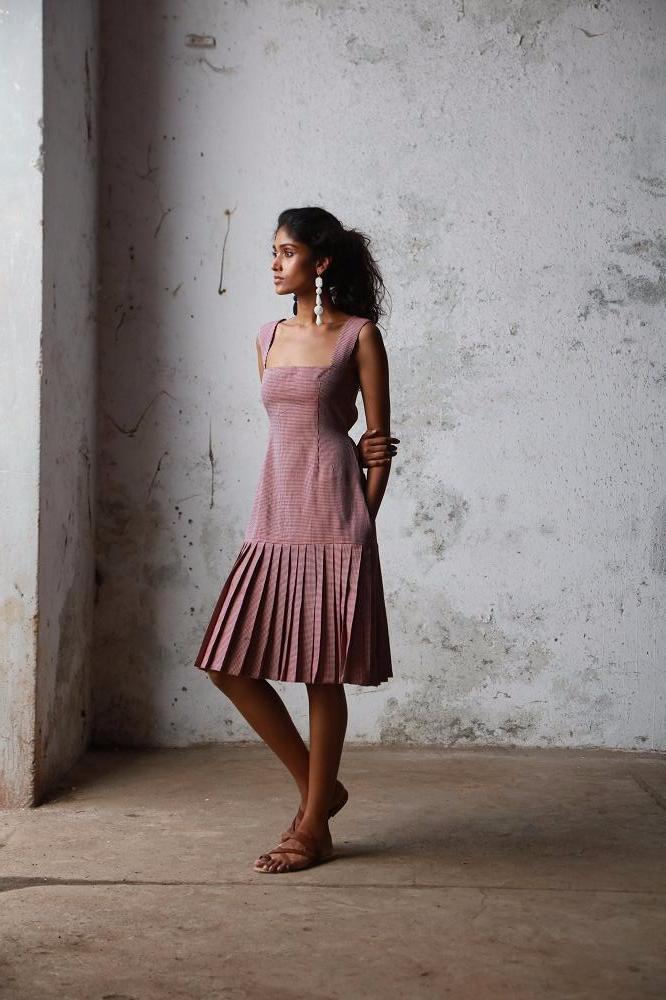Craft communities: Oshadi
“There are lots of invaluable traditional techniques in India which are left unnoticed,” says Chopra. Picture: Oshadi.
By BEL JACOBS
Parts of the fashion industry in India, as they are everywhere, shifting, rediscovering old skills and adapting them for a new world. One of the leading lights in this movement is Oshadi, a meeting of minds between Nishanth Chopra and sustainable London designer Richard Malone, graduate of Central Saint Martins and winner of Louis Vuitton’s Grand Prix scholarship.
At the label’s heart is its work with craft communities in South India to produce unique artisanal fabrics. Twenty two year old Nishanth, whose family have been involved in textile manufacturing and production for past 60 years, is justifiably proud: traditional skills are supported and the younger generation educated (and their pride in their heritage confirmed) while creating Oshadi’s meticulously handmade, naturally dyed textiles.
”One artisan can create only 5 meters a day compared to new technologically advanced machinery which produces sometimes even 100s of metres a day,” he told Vogue Italia last year. “ It’s wonderful to see how much a weaver puts himself into weaving every inch of the fabric. It is also quite a fascinating process to see natural materials like flowers, leaves and barks from plants and trees transforming into colours and dyes in the fabric.”
Ethics and design work hand-in-hand at Oshadi, which means “essence of nature” in Sanskrit. “Every design idea is thought through and then realised in the most sustainable way possible,” he says. “This is because our textiles are handwoven and outfits tailored in-house, allowing us to choose the materials to work with, dyes to use for colouring and working wages to be paid.”
Malone is in charge of aesthetics and design. “We merge functional antique workwear with an eclectic mix of contemporary references,” says Nishanth. “French military, classic weaving, the architecture and design of Irish-born French-based architect Eileen Gray and the serene work of Elsworth Kelly and Cy Twombly ….”
Hopes for the brand are high. “I’d love to see [Oshadi] grow by staying true to its fundamentals, and connect not just handlooms and textiles, but diverse traditional crafts in India to meet the taste and lifestyle of global, contemporary audience,” says Nishanth. “There are lots and lots of invaluable traditional techniques of local craftspeople in India which are left unnoticed, and which we hope to explore in the years to come and bring them the much deserved recognition.”
The industry itself has a long way to go. “The working conditions and sustainable business practices in India are improving – but not at a scale it seems like or it should be,” says Nishanth. “There’s a lot of sustainable polishing and cutting corners but, as consumers have more and more access to the information on how their products are made, there will be a definite change.“

